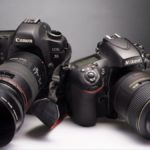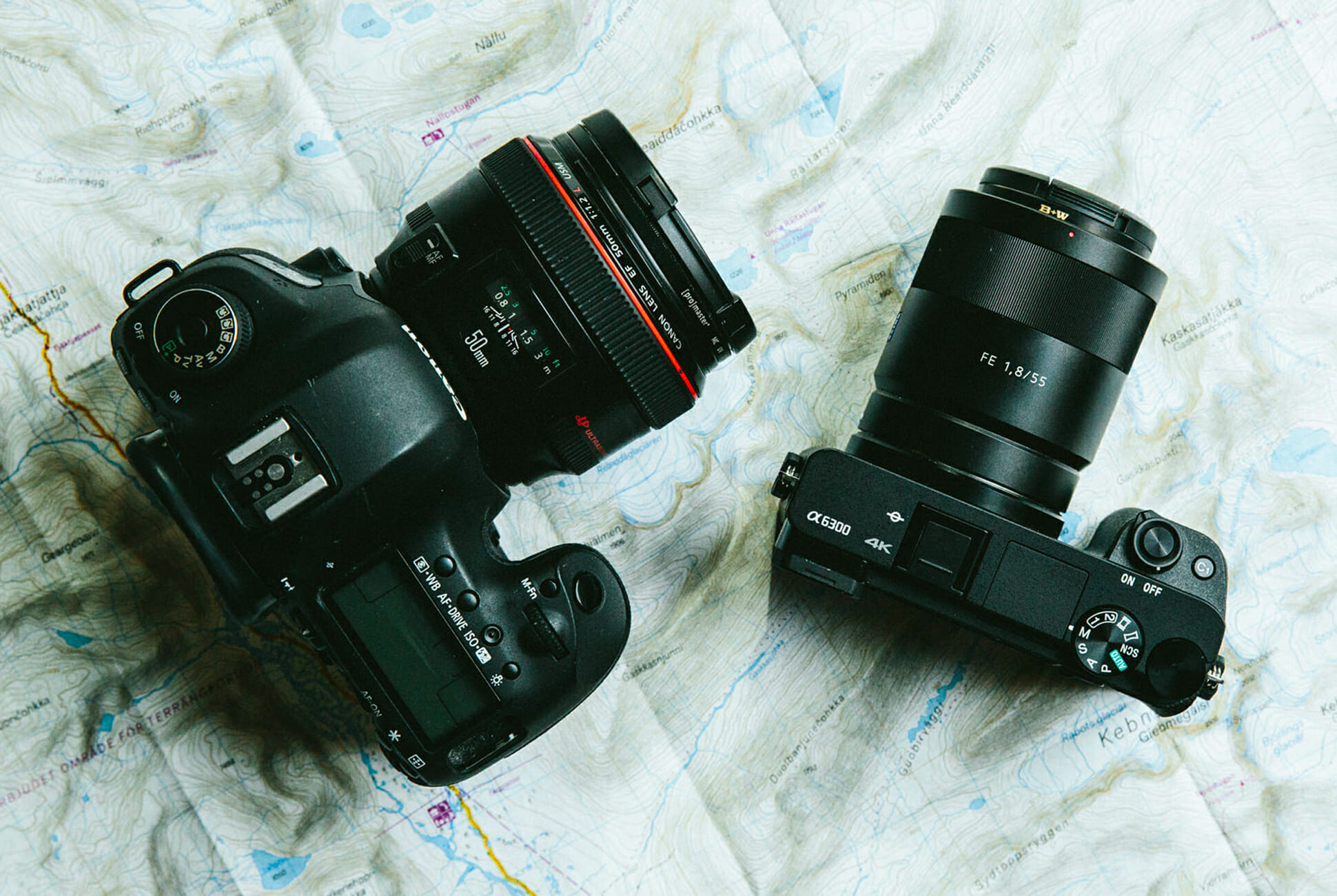Types of cameras: classification for beginners
Digital, analog, SLR, pseudo-mirror, point-and-shoot... How can a beginner who would like to buy his first camera, but does not know what the above-mentioned cameras are, understand all this diversity? And if we also take into account the puzzle with full frame, crop factor, sighting and rangefinder system, formats and a long list of buzzwords like these?
The content of the article
What types of cameras are there?
Let's start from the beginning: cameras can be analog and digital.
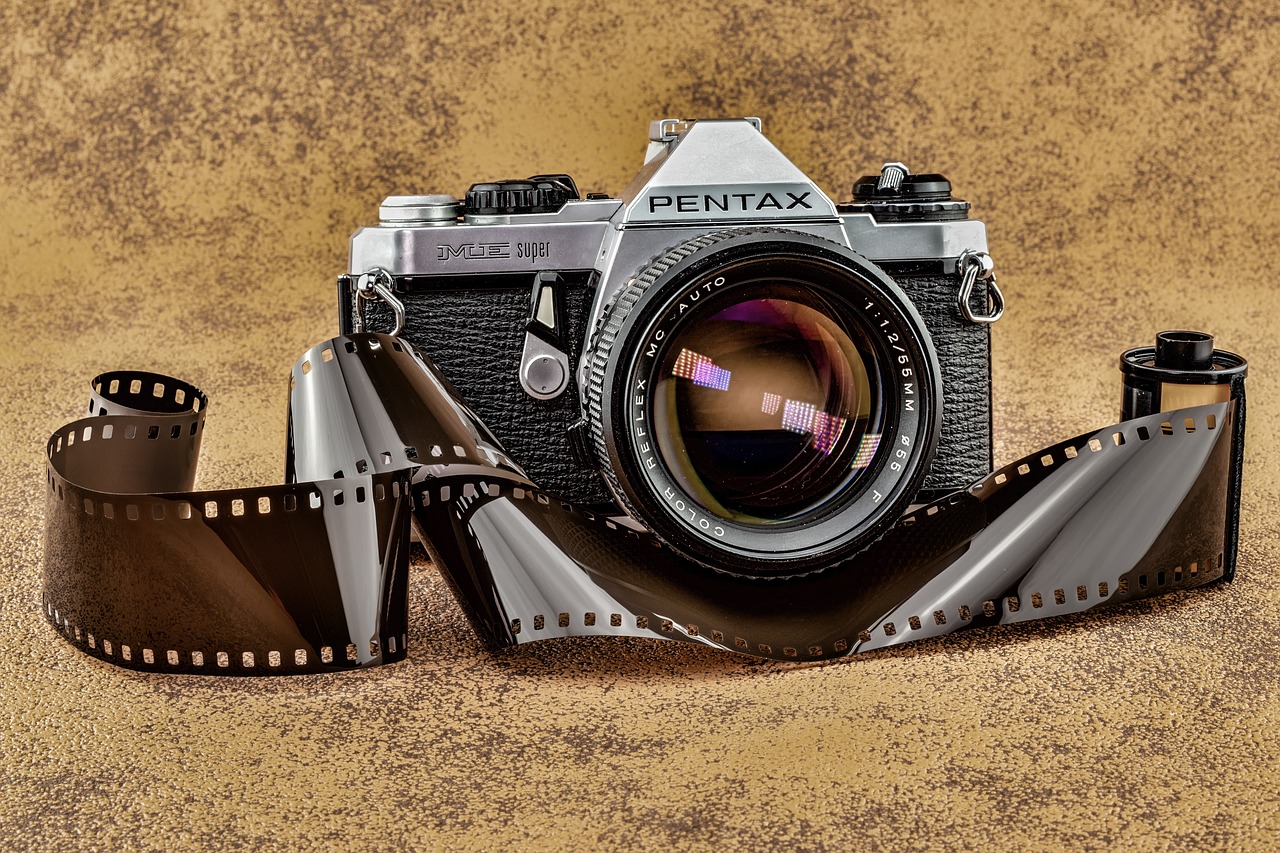
Analog camera - a device focused on the chemical method of recording images on photosensitive materials. The most famous representative of the species is the film camera. You can only find out how the shot turned out after the film has been developed. Clicking the shutter incessantly will not work, since the film tends to run out, and it will not be possible to “overwrite” the frames.
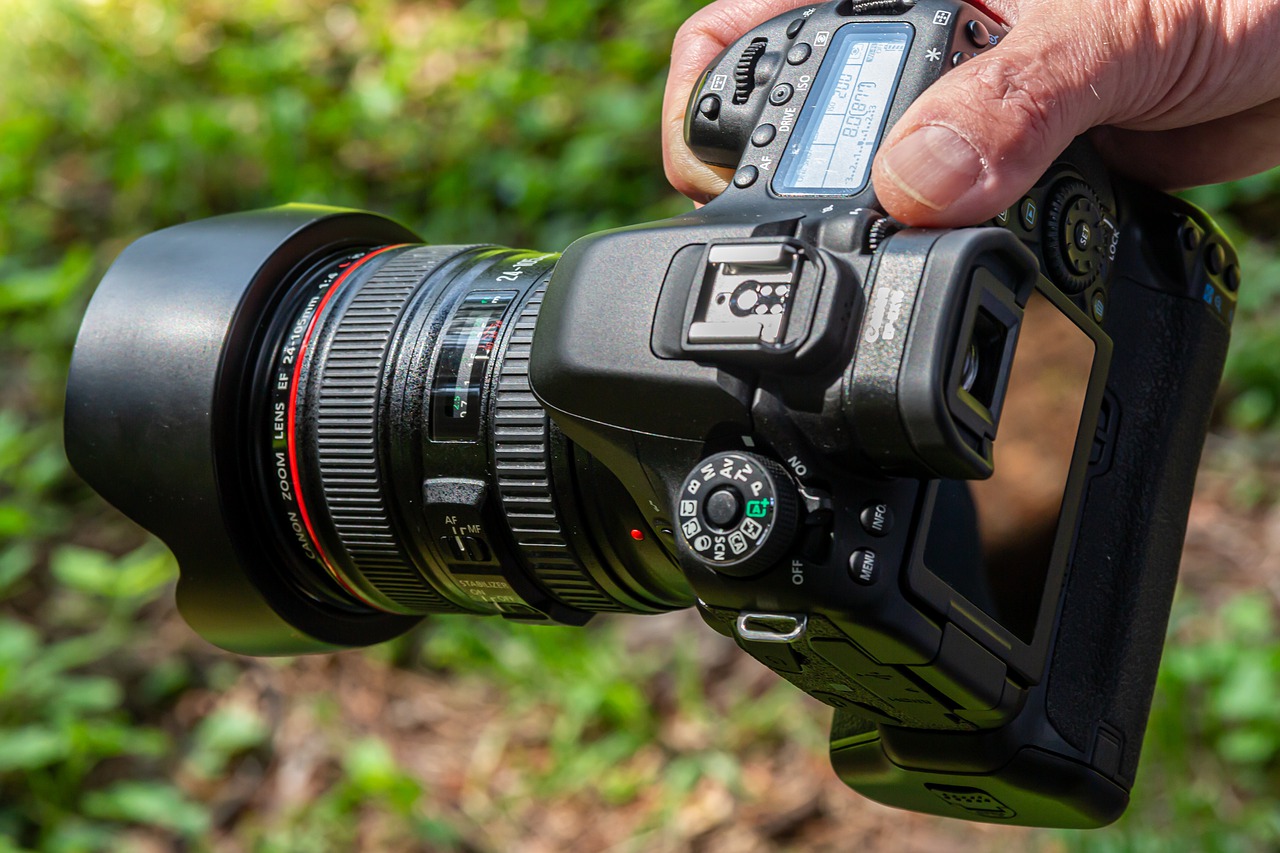
Digital cameras - modern technology that records an already digitized image. Photography in this case is the result of the influence of light on a photosensitive matrix consisting of photodiodes that convert light energy into electrical impulses. These signals are processed by the processor, after which the picture is displayed on the built-in display and saved. If the frame is unsuccessful, you can delete it, thereby freeing up space on the memory card for a new one.
Types of analog cameras
Depending on the size of the frame window (a fragment of light-sensitive material on which the positive or negative of a photograph appears), film cameras are usually divided into large format, medium format, small format and miniature.
Since this technique is already a thing of the past, we are only interested in small-format cameras that use 35mm film. At one time they became the most widespread, and now they can be called a kind of standard towards which digital manufacturers are guided. Or rather, it is not the cameras themselves that are considered the standard, but the size of the frames they took - 24 mm x 36 mm.
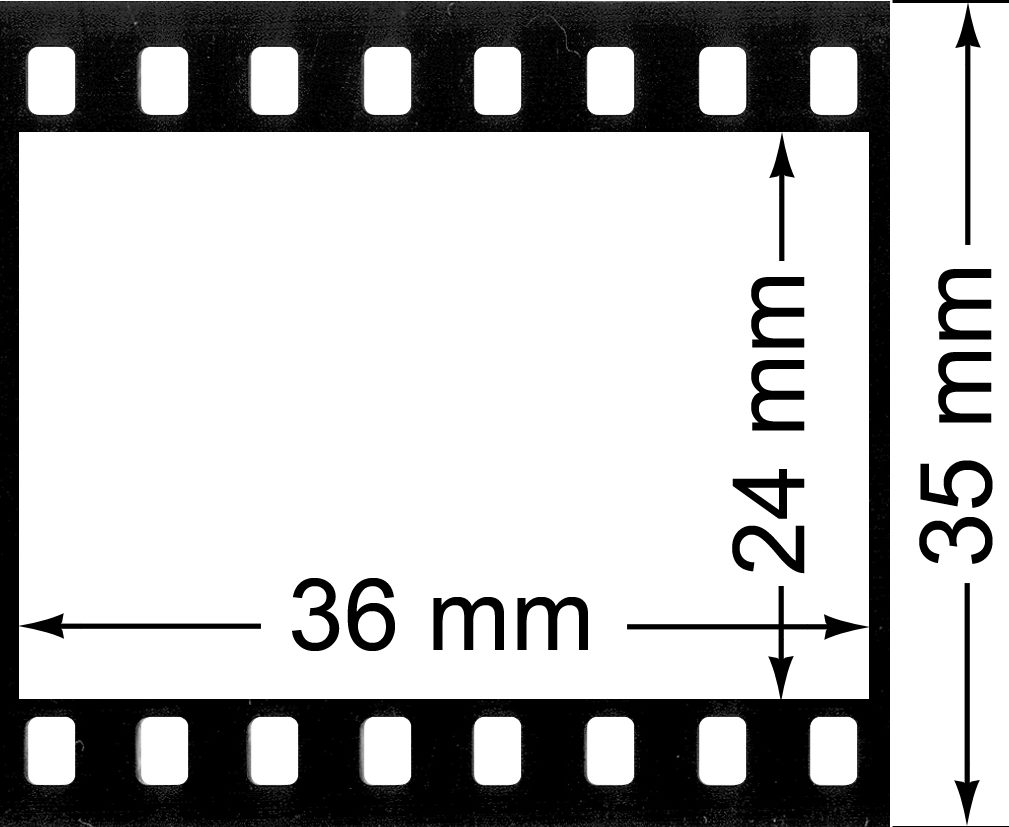
Large and medium format have no analogues among digital cameras. That's why they are still a valuable tool in the hands of professionals. And small-format cameras have turned into toys for connoisseurs of the classics, thanks to which the production of 35 mm film has not yet ceased. Beginners do not need such cameras.
Types of digital cameras
Digital cameras have only one unique feature that allows them to be classified without much confusion with analogue technology - the size of the matrix. Depending on it, we can distinguish:
- cropped cameras - matrix smaller than 24 x 36 mm;
- full frame - the sensor size is approximately equal to a full (24x36) frame;
- medium format - the matrix is larger than a full frame.
The latter are inferior to the analog ones of the same name in frame size and are not their alternative. The size of the matrix affects the photosensitivity of a digital camera (the larger, the better), and the number of photodiodes in it affects the detail of the picture (the larger, the better).
General classification
Well, now that we’ve sorted out the flies, let’s move on to the cutlets, that is, the most popular classification option based on the features of the optics and viewfinder. According to it, the following types can be distinguished:
- compact cameras;
- mirrorless;
- pseudo-mirror;
- mirrored
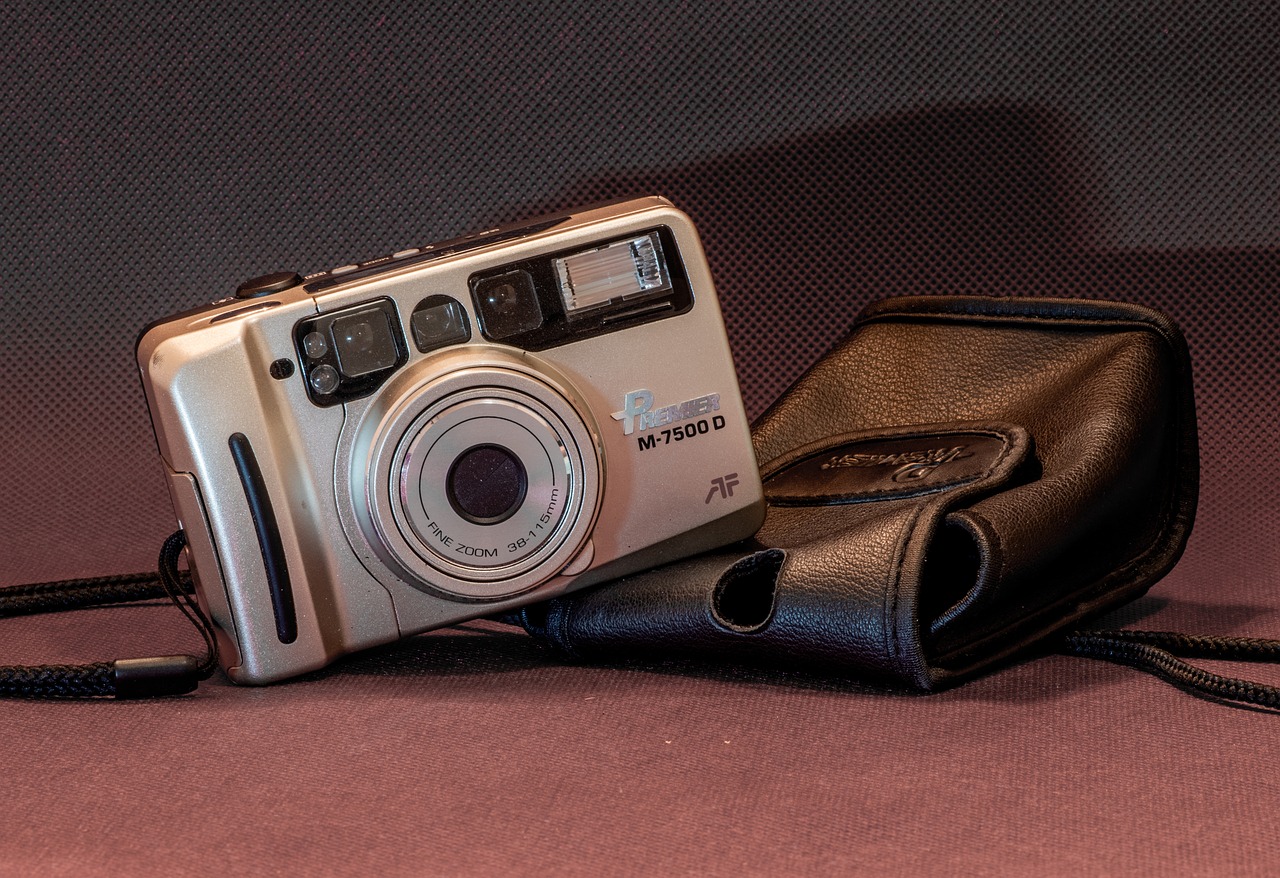
Compact cameras, often referred to as point-and-shoot cameras, are small cameras with a fixed lens. If you are looking for something inexpensive to capture memorable moments, then you have probably already held such a device in your hands.
Of course, there are elite cameras among such cameras that allow you to take photographs of decent quality, but for the most part, representatives of this class are “captivating” only with their compact body and low cost.
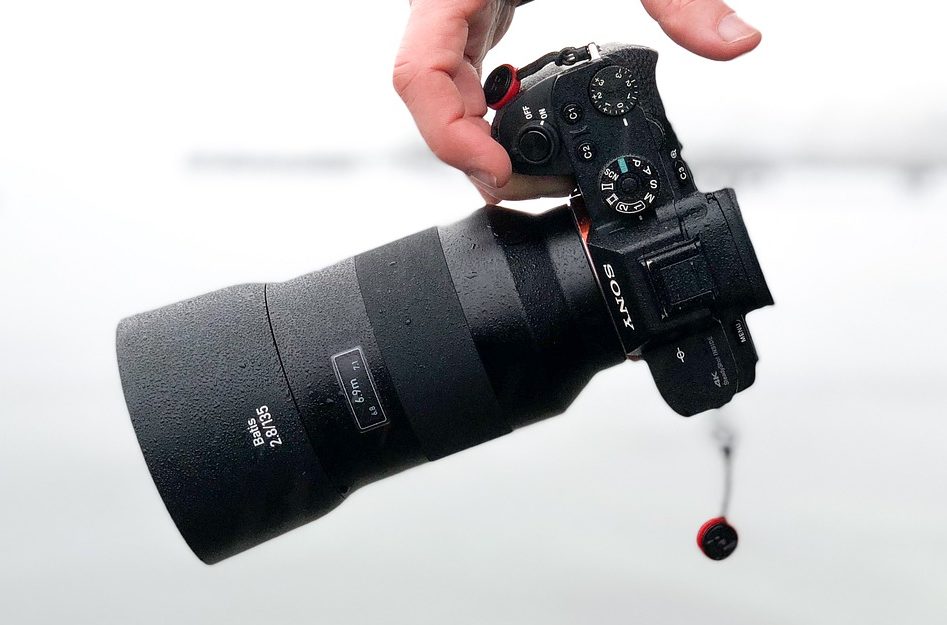
Mirrorless cameras not too big either. If you look at the facts, then all point-and-shoot cameras are also mirrorless cameras, since the image captured by the lens in cameras of this class is first digitized and then transferred to the viewfinder or directly to the display.
But still, this term is usually used to refer to digital cameras with removable/interchangeable lenses and an electronic viewfinder. Mirrorless cameras allow you to get decent quality photos, but they are already in the middle price segment. Suitable for being the amateur photographer's first tool.
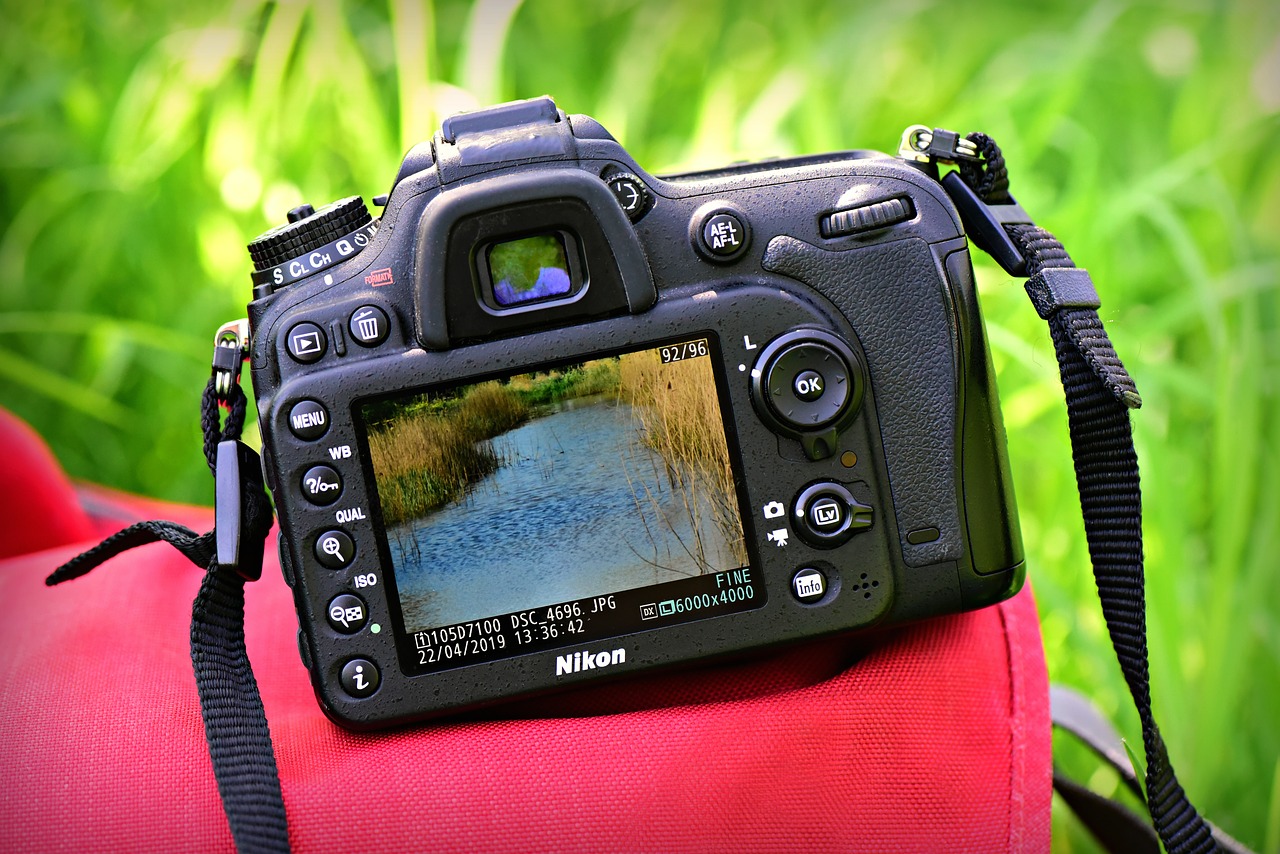
SLR Cameras are called so because of the optical sighting system built into the body, consisting of a mirror and a pentaprism. The light captured by the lens bounces off the mirror, passes through the prism, and enters the viewfinder. The photographer sees the image in real time, without the slightest delay, which makes this camera a worthy tool in the hands of professionals.
Now it is difficult to find serious differences between photographs taken with a DSLR or its equivalent with an electronic viewfinder, if both cameras belong to the same price segment. However, the presence of an optical sighting device affected the size of the body, which cannot be called small, and power consumption (in the sighting mode it does not require energy).
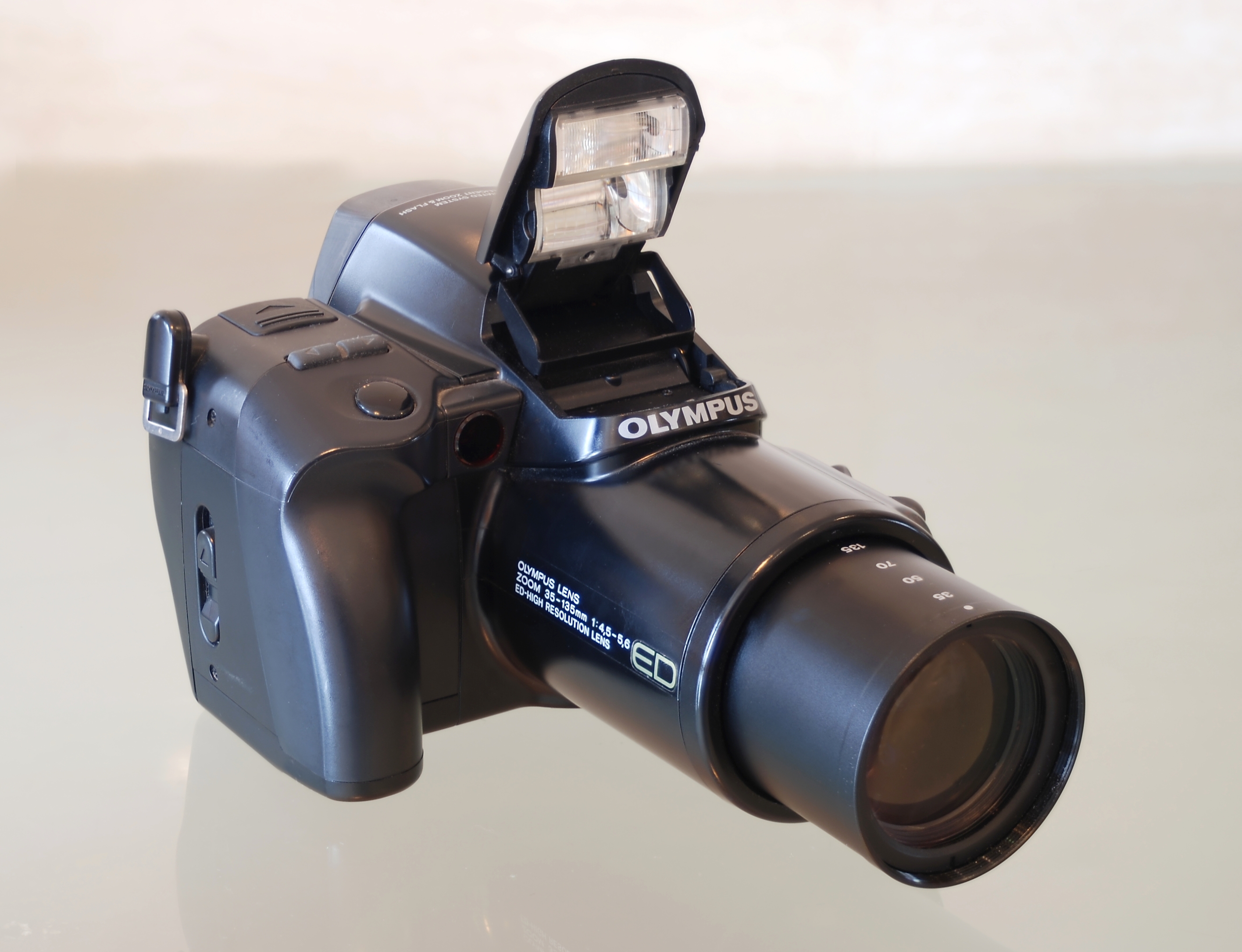
Pseudo-mirror camerat is an expensive, incomprehensible thing with a fixed lens, which will complete today’s review. In size - something between the last pair of cameras described above. The quality of the pictures is somewhere between them and a point-and-shoot camera. For the price... It's hard to call it budget. And in terms of its structural features, it’s a typical mirrorless camera.
Professionals look at this miracle without even a hint of the thought “I want” and quietly rejoice that this “something” is slowly being replaced by ordinary camera phones. Amateurs can buy into the confidence-inspiring appearance, but then try to replace this “beauty” with something more serious. Or on a soap dish, which is much more convenient.

